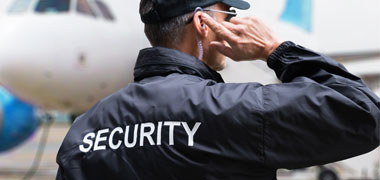
AI Occupational Exposure score unavailable For more insight, research the specific tasks and skills required for the role.
Explore all careersA Firefighter responds to fires, accidents, and rescues, operating equipment to save lives, requiring teamwork, safety focus, calm communication, and physical fitness.
Get qualified to work as a Firefighter with a course recognised across Australia. Speak to a training provider to learn more.
Browse occupations related to Firefighter
In Australia, a full time Firefighter generally earns $1,490 per week ($77,480 annual salary) before tax. This is a median figure for full-time employees and should be considered a guide only. As you gain more experience you can expect a potentially higher salary than people who are new to the industry.
 Courses.com.au Team
Courses.com.au Team
This industry has seen an increase in employment numbers in recent years. There are currently 12,200 people working as a Firefighter in Australia compared to 11,200 five years ago. Firefighters may find work across all regions of Australia.
Source: Australian Government Labour Market Insights
 Courses.com.au Team
Courses.com.au Team
If you’re planning a career as a Firefighter, consider enrolling in a Certificate III in Public Safety (Firefighting and Emergency Operations). This course allows you to specialise in urban fires, wildfires, aviation incidents and isolated structural fires. You’ll also learn about advanced resuscitation, incident scene safety and management, fire suppression techniques and skills for driving operational vehicles. A Certificate II in Public Safety (Firefighting Operations) may also be appropriate.
 Courses.com.au Team
Courses.com.au Team



A Firefighter attends emergency situations such as house fires, bushfires, motor vehicle accidents and rescue operations. You might operate pumps and hoses to extinguish fires or use equipment to extract patients trapped in vehicles. Firefighters may use a range of equipment to reach patients who are in dangerous situations.
Firefighters should be safety focused and have strong situational awareness. It’s important you can follow correct procedures and work as part of a firefighting team. Firefighters must be able to communicate clearly and remain calm during challenging situations. You will need a high level of physical fitness to perform firefighting duties.